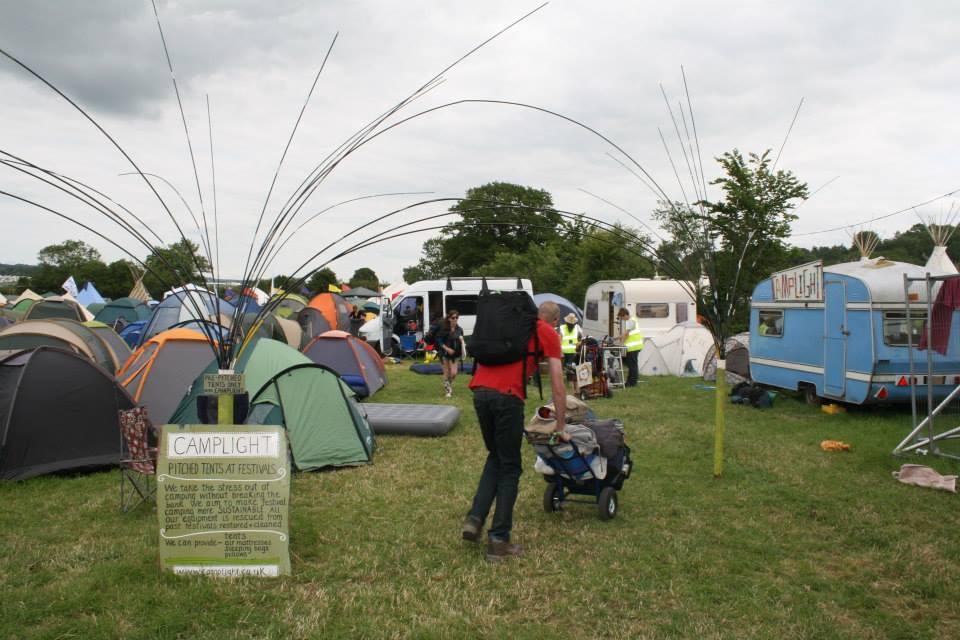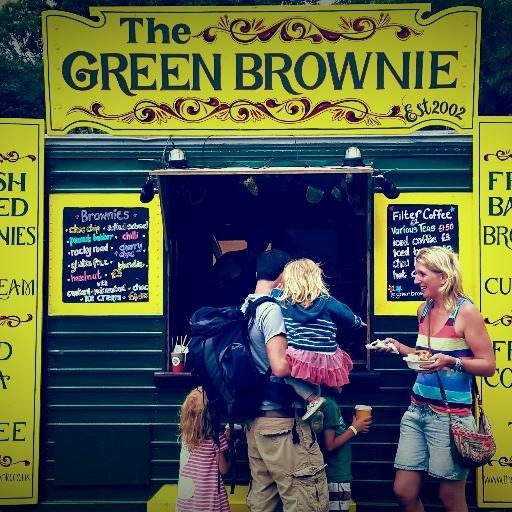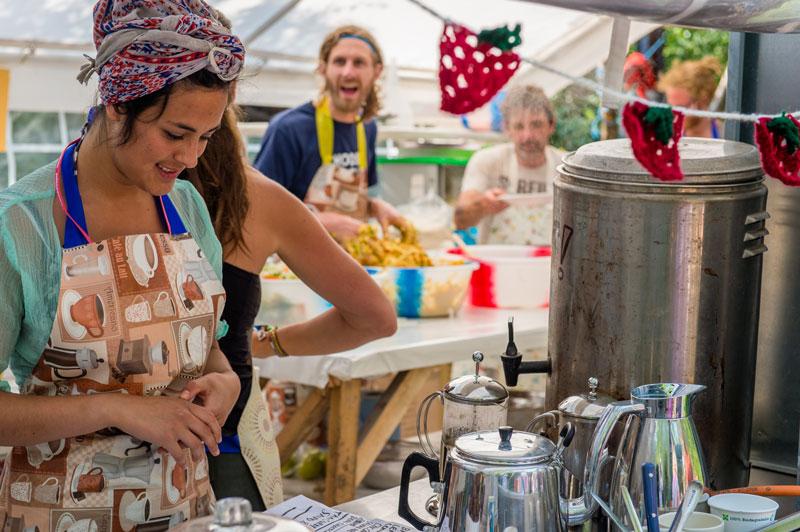How to have a green Glastonbury
There may be more mud than grass at this year's festival, but it's still possible to be kind to the land

Glastonbury has come around again and wellies are flying off the shelves across the country. But as we stock up on the latest festival gimmicks and hop in our groaning motors, are we forgetting Glastonbury’s green roots? There are plenty of ways to respect the farm and still have a good time.
1. A tent is for life, not just for Glastonbury
These days, tents are compact and easy to assemble, but almost impossible to squeeze back into the tiny bags they come in, especially when you've got a hangover in the rain. Every year tens of thousands of tents are abandoned at Glastonbury, and they almost all end up in landfill. Take your tent home and do your bit for Mother Nature this festival season. Camplight takes a very small percentage of discarded tents and restores them for its pre-erected campsite on Pennards Hill each year.

2. Hitch a ride
Over 40,000 people drive to Glastonbury every year, pumping out emissions throughout the South West. Have a surf on GoCarShare and see if you can hitch a cheap ride with some strangers, or be a really good Samaritan and give someone else a lift.
The queues of traffic on the way into Worthy Farm have been up to 12 hours long, so you’ll have the last laugh if you take the train anyway. Better still, travel by bike.

3. Eat well
Although the hot dogs and greasy noodle stalls will always make an appearance at Glastonbury, the festival has made an effort to encourage sustainable eating in recent years. Keep an eye out for produce that is locally sourced, and don't forget that all tea, coffee and sugar sold on-site is Fairtrade.
Check out The Green Brownie, which was awarded the gold prize for most sustainable food trader at Glastonbury last year. They grow most of their own ingredients and compost most of their own waste on site, taking it home to help with their food production.

4. Use the loos
Although it might not look like it this weekend, Glastonbury takes place on a working dairy farm, with land leased from more than 20 neighbouring farms. The Whitelake River that runs through the festival site is home to protected brown trout. The festival has been to court this year after sewage filtered into the river two years ago, killing fish and damaging water quality.
Don’t have a slash in the river, or in the hedges, and rugby tackle anyone who tries.

5. Rubbish is rubbish
Two years ago plastic plates and cutlery were banned at market stalls in Glastonbury, in favour of sustainable wood and compostable materials, but there’s still too much rubbish come Monday morning.
In 2014, 85 tonnes of cans and plastic bottles were collected on site though, that’s a lot of diet cokes. Reuse your water bottle or even buy a Glastonbury stainless steel water bottle from the festival.

Join our commenting forum
Join thought-provoking conversations, follow other Independent readers and see their replies
Comments
Bookmark popover
Removed from bookmarks